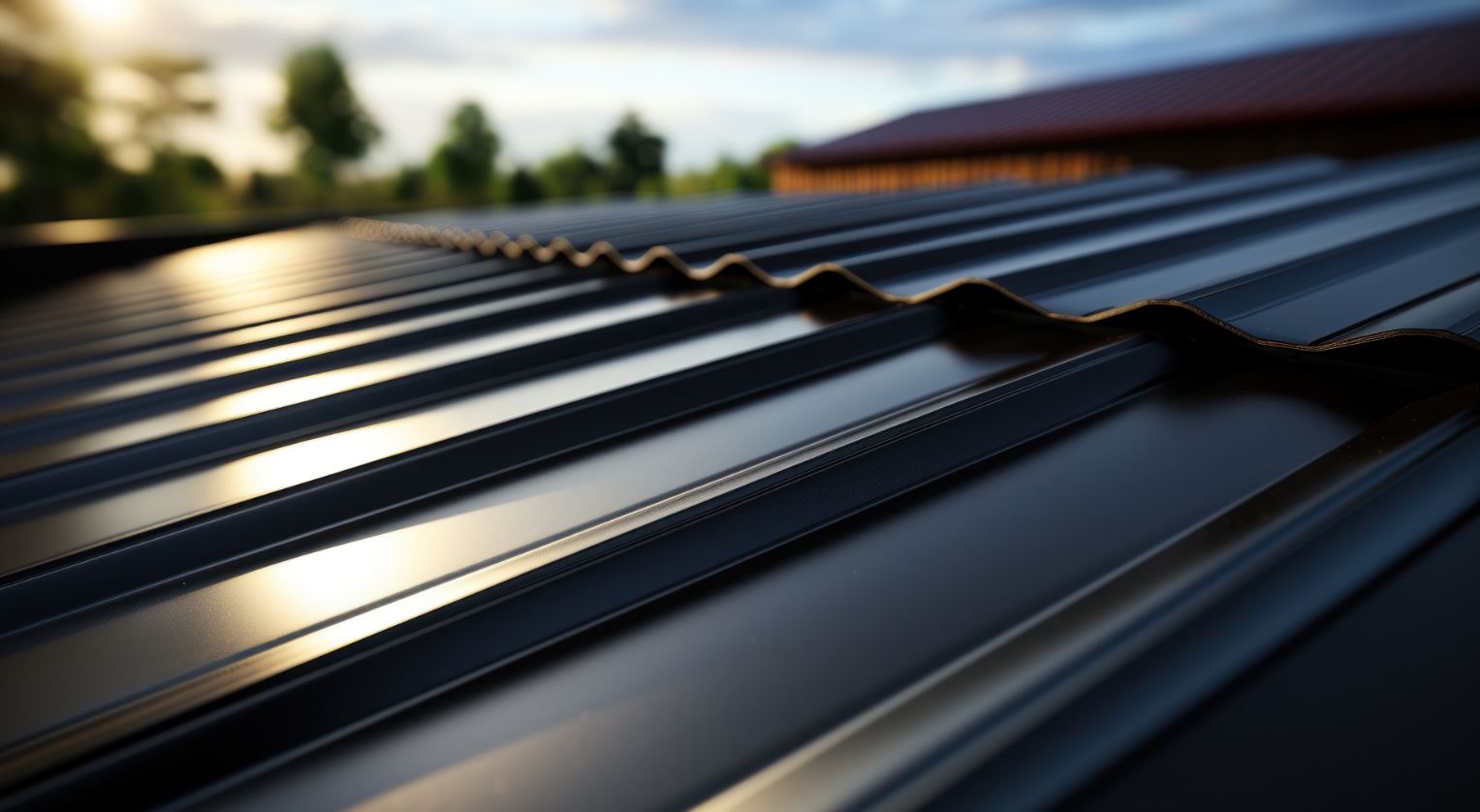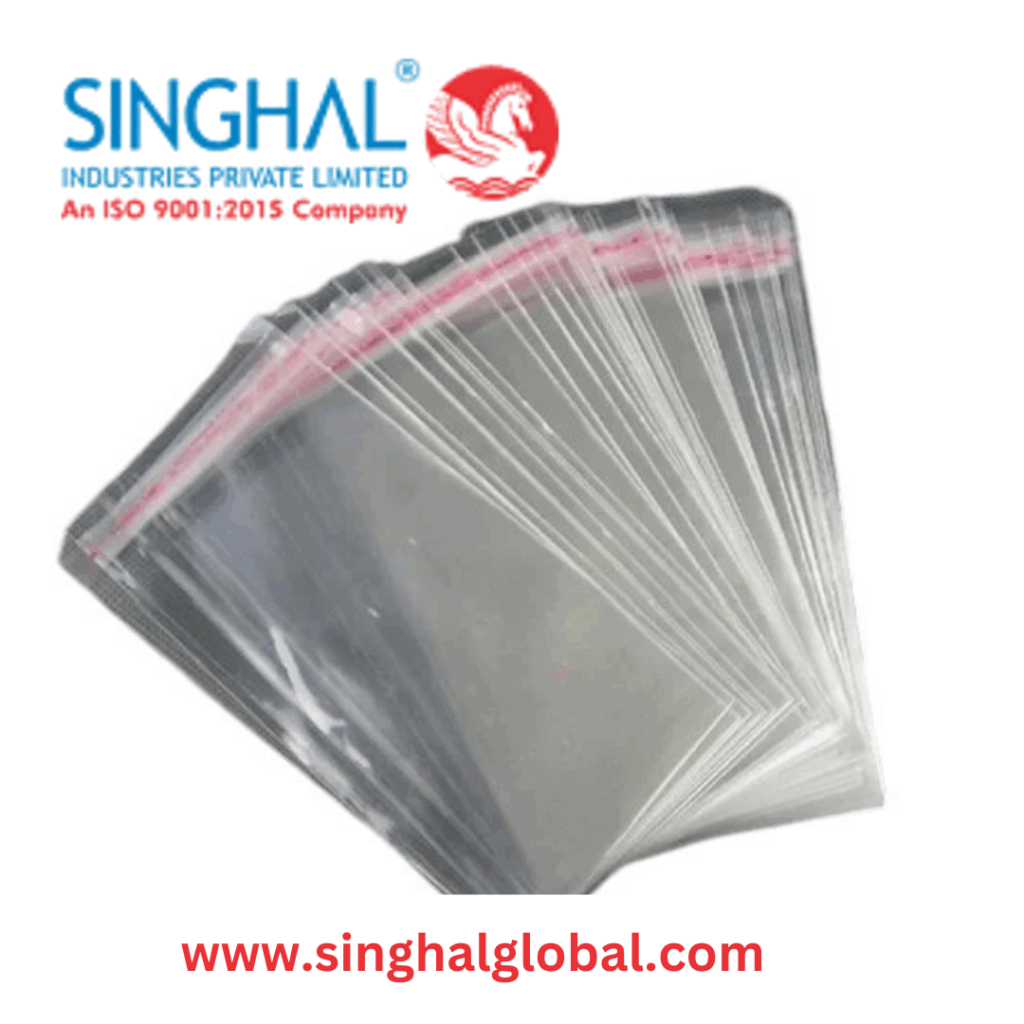As economic uncertainty continues to shape spending habits across the United States, homeowners are rethinking their approach to home improvement—especially when it comes to roofing. With inflation affecting material costs and energy bills soaring, more Americans are turning toward metal roofing as a cost-effective, energy-efficient, and future-ready solution.
This shift in mindset reflects a broader trend: people are no longer settling for short-term fixes. They’re looking for long-term investments that enhance property value, reduce upkeep, and align with sustainable living goals. In this article, we’ll explore why metal roofing is gaining traction, the latest market trends, its long-term financial benefits, and how it stacks up against traditional roofing options.
1. Economic Conditions Are Shaping Roofing Choices
Inflation, rising interest rates, and global supply chain issues have made construction materials more expensive. Asphalt shingles, once the go-to choice for budget-conscious homeowners, have seen steady price hikes over the past few years. In contrast, metal roofing, though initially more expensive, offers far greater longevity and resilience—qualities that are increasingly important in a volatile economy.
A 2024 market report by the Metal Roofing Alliance (MRA) revealed that residential metal roofing now holds over 17% of the reroofing market share, and this figure is projected to rise as homeowners prioritize value and durability. In areas prone to harsh weather—like hurricanes in the Southeast or wildfires in the West—the demand for impact-resistant and fire-rated metal roofs is even higher.
2. Metal Roofing as a Long-Term Investment
While the upfront cost of metal roofing is higher—averaging between $9,000 to $18,000 depending on the size and style—it can last 40 to 70 years or more with minimal maintenance. Asphalt shingles, by comparison, often require replacement every 15 to 25 years, making metal roofing the more cost-effective roofing option over time.
Additionally, homes with metal roofs often see increased resale value. Buyers are attracted to homes that won’t need a roof replacement in the near future. A recent study by Remodeling Magazine found that metal roofing can return up to 60%–85% of its cost in added home value.
Insurance companies also recognize the durability of metal roofs. In some states, homeowners receive discounts on premiums due to the enhanced weather resistance of metal roofing systems, especially those rated for hail and wind performance.
3. Energy Efficiency and Monthly Savings
One of the most significant benefits of metal roofing is its energy efficiency. Reflective metal roofs bounce back solar radiation, helping to maintain cooler indoor temperatures in the summer months. This reduces the need for air conditioning, which translates into lower utility bills.
According to the U.S. Department of Energy, metal roofing with reflective coatings can reduce cooling costs by 10% to 25%, especially in sunbelt states. Many of these products are also ENERGY STAR® rated, and some states offer tax credits or rebates for installing energy-efficient roofing systems.
Furthermore, metal roofs are solar-ready, providing a stable, long-lasting surface for mounting photovoltaic systems. For homeowners looking to invest in renewable energy, metal roofing offers both compatibility and durability.
4. Sustainability and Environmental Impact
In today’s green-conscious world, sustainable roofing options are becoming increasingly important. Metal roofing checks all the boxes:
- 100% recyclable at end of life
- Often made from 30–60% recycled materials
- Requires fewer replacements, reducing landfill waste
By choosing metal, homeowners are not only saving money—they’re also making an environmentally responsible choice. Unlike asphalt shingles, which contribute to over 11 million tons of landfill waste annually in the U.S., metal roofs offer a more sustainable lifecycle.
For eco-conscious consumers, this aligns with broader goals of reducing carbon footprints and promoting circular economy practices in home construction.
5. Style, Durability, and Technological Advancements
Gone are the days when metal roofs only came in industrial silver or corrugated styles. Today’s products offer a wide range of colors, textures, and profiles, including options that mimic slate, wood shakes, and even asphalt shingles. Homeowners can now enjoy curb appeal without sacrificing performance.
Metal roofs are also designed to withstand the elements:
- Class A fire resistance (non-combustible)
- Wind resistance up to 140 mph
- Impact resistance ratings for hail-prone regions
Technological advancements have led to standing seam systems, concealed fasteners, and anti-fade coatings that increase both performance and aesthetics. Some manufacturers have even begun integrating smart roofing sensors that monitor moisture levels and temperature, offering real-time data to homeowners.
6. Overcoming Common Misconceptions
Despite its advantages, metal roofing still faces some outdated perceptions. Let’s clear those up:
- “Metal roofs are noisy in the rain.”
Not true. Proper insulation and underlayment make metal roofs no noisier than traditional ones. - “Metal roofs dent easily.”
Most are rated to withstand hailstorms and falling debris. Some materials like aluminum or steel are especially resistant. - “They’re too expensive.”
When factoring in lifespan, energy savings, reduced maintenance, and insurance discounts, the long-term savings far exceed the initial cost. - “They rust over time.”
Modern metal roofs are coated with rust-resistant finishes and warranties often extend 30 to 50 years or more.
7. Final Thoughts: A Smart Move in Uncertain Times
In a changing economy, homeowners are thinking long-term. Metal roofing offers the durability, energy efficiency, and financial return that today’s homeowners crave. It’s a smart investment, especially in regions affected by extreme weather or fluctuating energy costs.
From an environmental and financial standpoint, metal roofs offer a unique combination of style, sustainability, and savings. With rising asphalt prices and a growing emphasis on green building practices, now is the perfect time for homeowners to rethink their roofing choices.
🔧 Next Steps for Homeowners
- Get multiple quotes from certified metal roofing contractors.
- Ask about warranties, energy ratings, and materials used.
- Check for local incentives or tax credits for energy-efficient upgrades.
In conclusion, metal roofing is more than just a trend—it’s a solution built for the realities of modern living. As the economy shifts, homeowners who invest wisely in their roof today will reap the rewards for decades to come.









